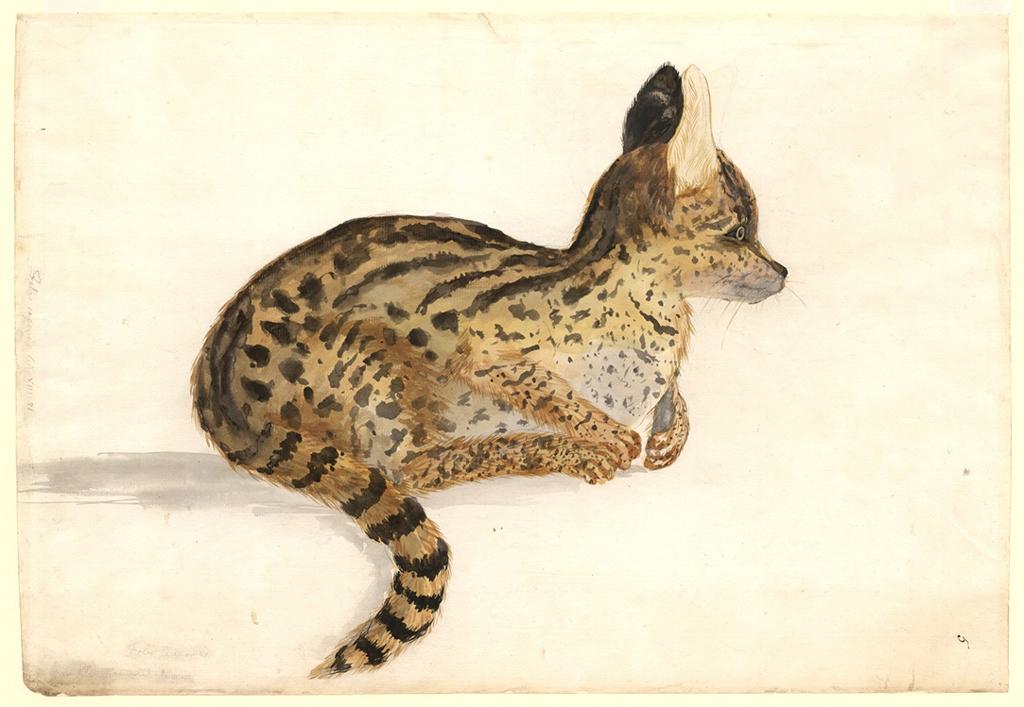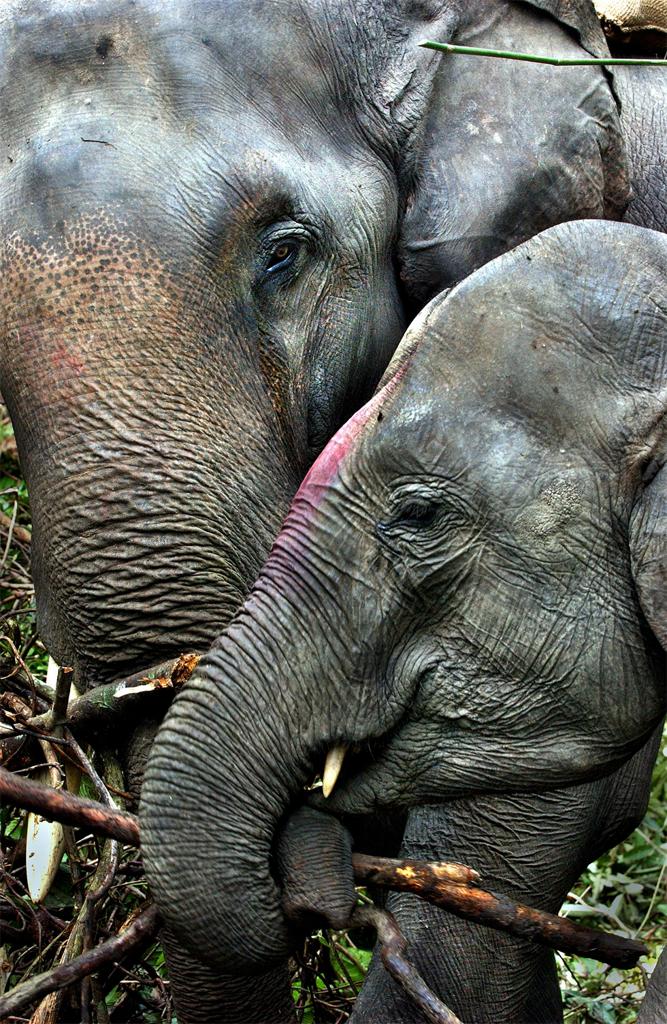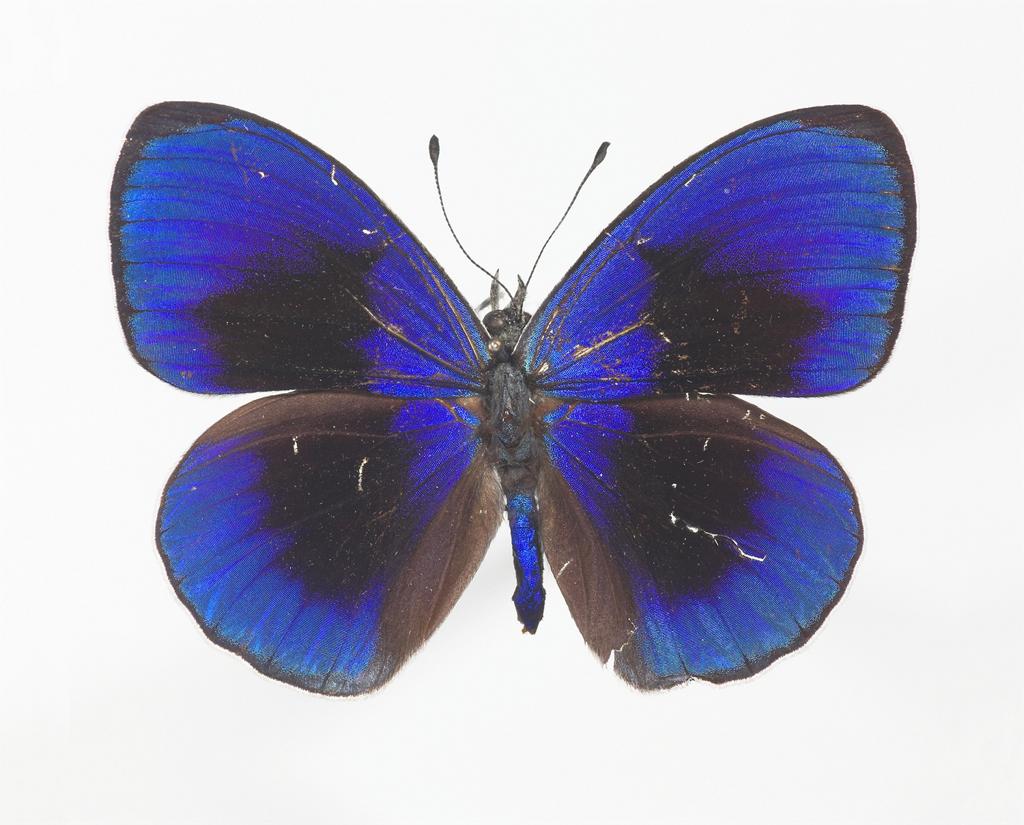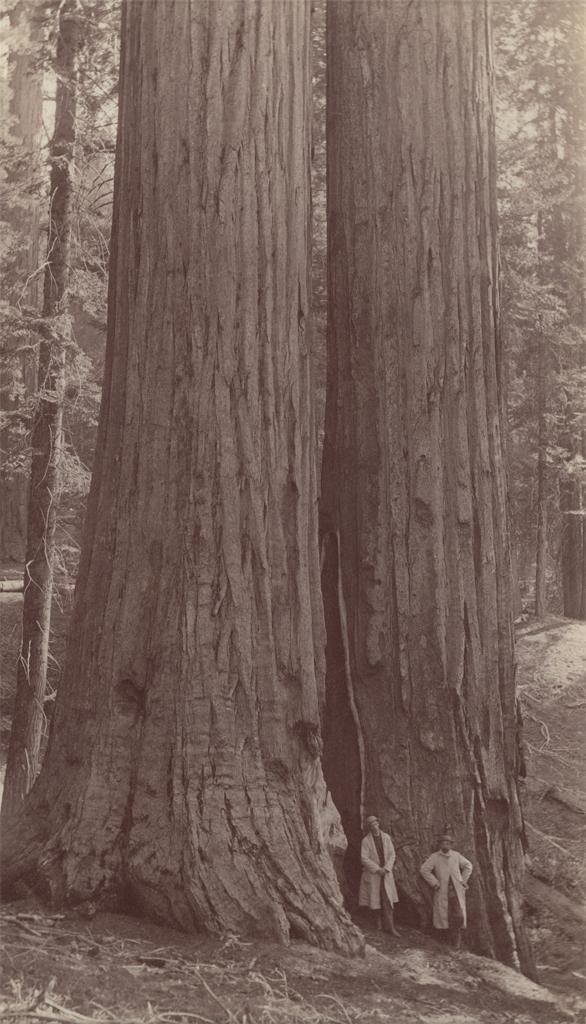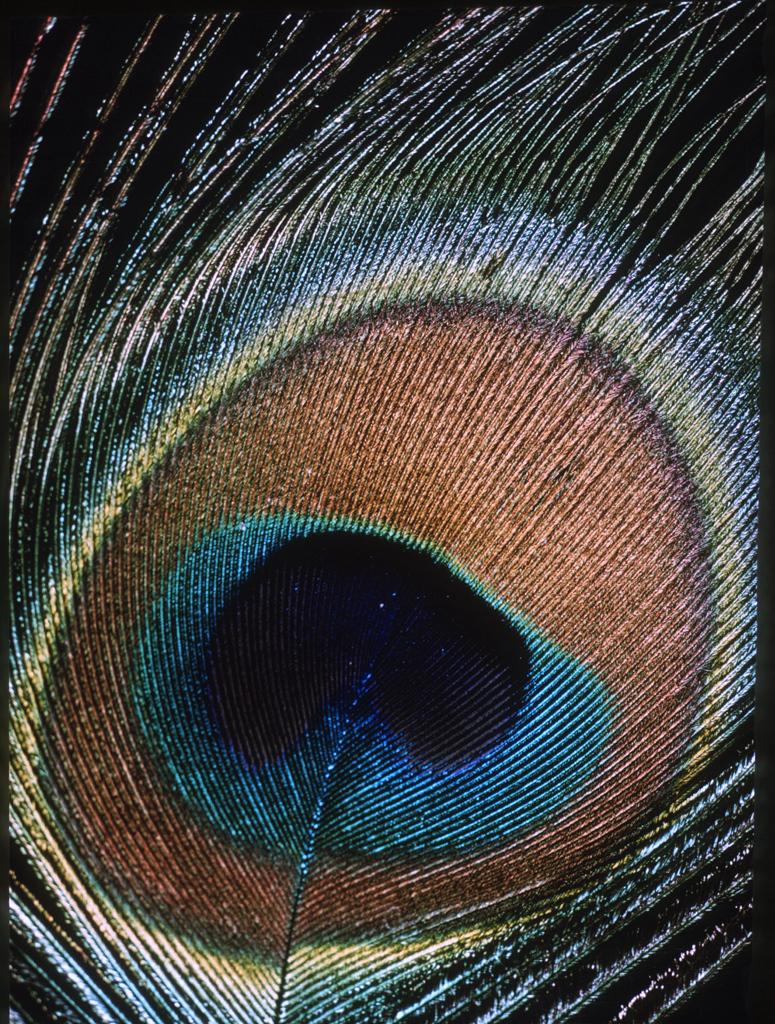JSTOR is replete with images from nature: arks of animals, a plethora of plants, and the dazzling spectacles of the earth. Meticulous renderings of animal and botanical species from classical times through the onset of photography may be studied alongside striking contemporary photographs. Illustrations of animal, plant and mineral specimens are also available as well as records of scientific fieldwork, and larger ecosystems.
The current selection provides a varied sampling of offerings from our living planet, past and present. A delicate watercolor of a serval, 1775, from the Cape of Good Hope, South Africa, by the naturalist Georg Adam Forster is probably one of the first known western images of the small savannah cat; it was not until the following year that the serval was classified and named by a German taxonomist. Consider the tiny serval next to the bold, close up photograph Leopard portrait, 1970, by Stanley N. Botwinik — two members of the Felidae family, characterized in different eras by divergent media.
The scope of creatures great and small is evoked by the juxtaposition of a dwarf mouse lemur, 2006, captured by the lens of Netherlander Chris de Bode and Elephants in Kaziranga National Park, 2003 by American photographer Ami Vitale. Weighing about 30 grams, the lemur is the smallest primate, while the elephant, topping out at 6.5 tons, is the world’s largest land mammal.
A brilliant blue specimen of a Brazilian butterfly aptly named Asterope sapphira puts the mimetic powers of Fyodor Tolstoy to the test in his immaculate gouache painting of 1821. In comparison to the specimen, Tolstoy’s butterfly appears almost too perfect to be true. In The Great Turf, 1503, a beloved watercolor by Albrecht Dürer, the artist dwells on the humblest grasses and weeds (note the waning dandelions) rendering a thicket of varied greens like a forest in miniature. The study presents like a manifesto of his adherence to the classical concept of mimesis — that art is the faithful representation of nature. The artist elaborates: “But life in nature manifests the truth of these things. Therefore observe it diligently, go by it and do not depart from nature arbitrarily, imagining to find the better by thyself, for thou wouldst be misled. For, verily, art is embedded in nature; he who can extract it has it.” Dürer’s study provides a verdant foil for the massive stoic trunks of The Twins. Tuolumne Grove. ca. 1878-1884, by George Fiske, one of the pioneering Yosemite photographers. The tiny men on the ground indicate the scale of the massive sequoias reaching hundreds of feet into the sky.
Close-up views permit the photographer to record features difficult to perceive in life such as the eyespot of a peacock, designed to attract mates during courting, or the abstract pattern of a rusty parrot fish, a color field that changes through the life cycle.
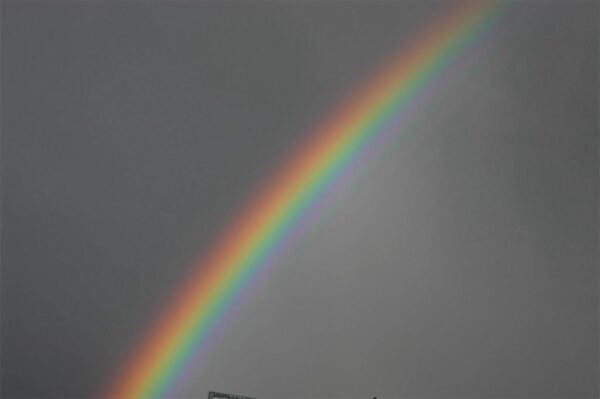
The Rainbow over the City of London, 2003, by the late photographer Peter Marlow, seizes the most fleeting of phenomena: a rainbow is the miraculous outcome of the interplay of water droplets and the sun’s rays. Here Marlow eternalized the ephemeral revealing nature’s resplendence above the great metropolis.
Nancy Minty
Collections Editor
More nature-related collections in JSTOR:
American Museum of Natural History
Cook’s Voyages to the South Seas (Natural History Museum, London)
First Fleet Collection (Natural History Museum, London)
Foundation for Landscape Studies
Hill Ornithology Collection (Cornell University Library)
Peabody Museum of Archaeology and Ethnology (Harvard University)
Yale Peabody Museum of Natural History
Public Collections (free access to everyone):
Cornell: Historic Glacial Images of Alaska and Greenland
Cornell: Laboratory of Ornithology Gallery of Bird and Wildlife Art
Roanoke College Freshwater Fish Collection
Trinity College Watkinson Library: Enders Ornithology Lantern Slides
